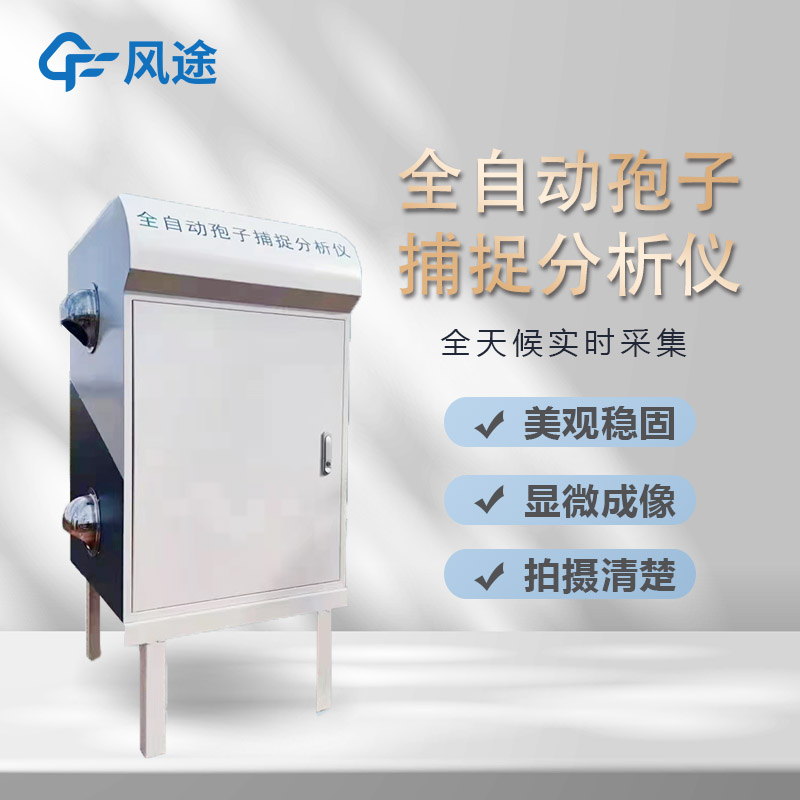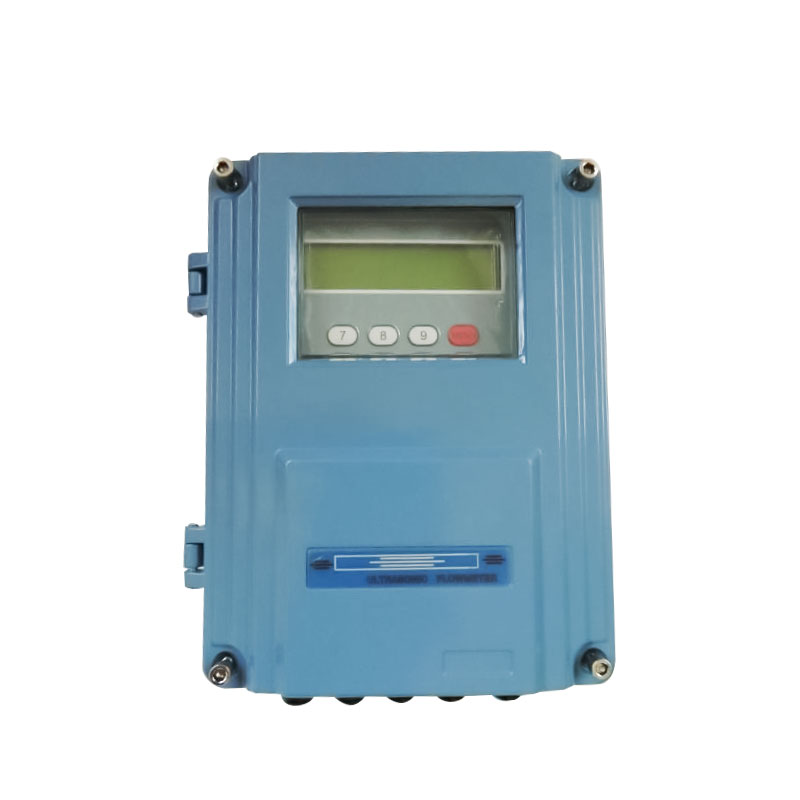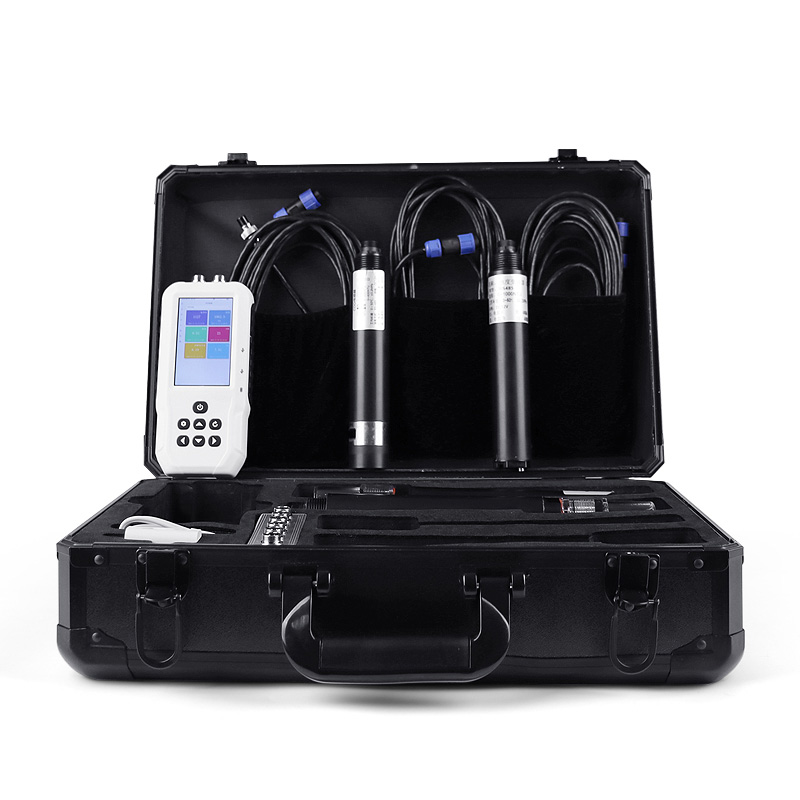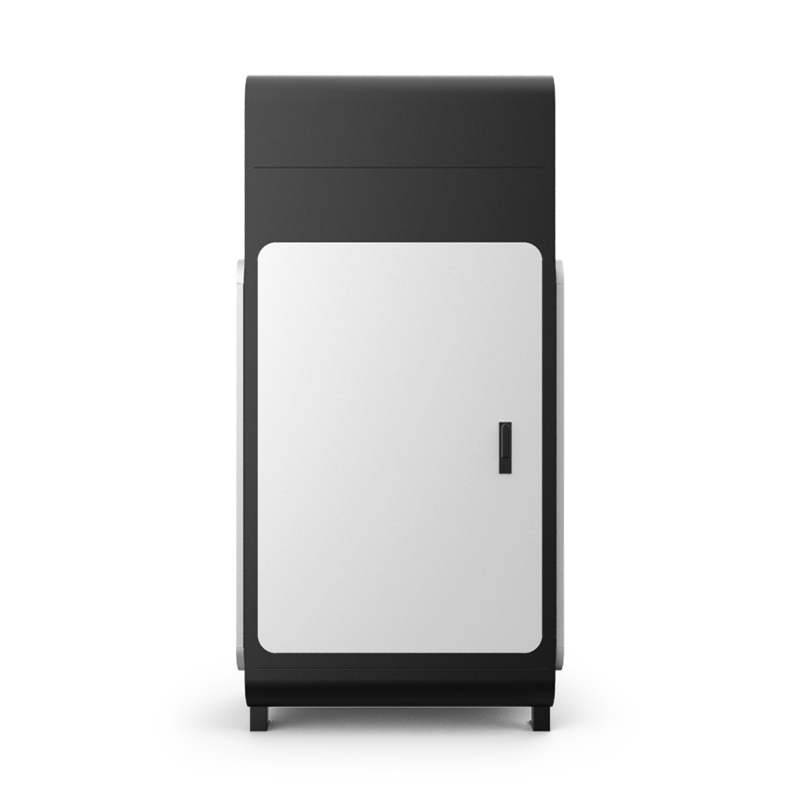The primary function of the Spore capture system is to filter and capture spores from the air using its air intake system. These spores are then observed and cultured under a scientific microscope to determine if they are pathogens for the current season's crops. With this technology, agricultural technicians can take timely preventive measures based on field investigation results, thereby protecting crops from disease damage.
FT-BZ2 is a Spore capture system launched by Fengtu. It uses high-magnification optical microscopic imaging, automatic focusing, and IoT technology to upload spore images to an agricultural cloud platform in real-time. The device features a dual-axis motor, built-in slides, a high-resolution microscope, and supports both automatic and manual modes of operation, optimizing air circulation and improving sampling efficiency. It is equipped with a 10.4-inch high-definition screen running on the Windows operating system, facilitating human-computer interaction. The cloud platform provides image processing analysis and remote statistical analysis functions, shortening the forecasting period.
Crop diseases are an undeniable challenge in agricultural production, having a significant negative impact on crop health and yield. Diseases not only limit crop growth but can also lead to a decrease in the quality and quantity of agricultural products, and in severe cases, even cause large-scale crop deaths. Studies show that about 80% of crop diseases are caused by pathogenic spores spread through the air, which are highly infectious and spread rapidly, making them particularly troublesome in agriculture.
Therefore, timely disease monitoring is crucial to effectively control and reduce the damage of diseases to crops. Early detection and diagnosis allow agricultural workers to quickly take appropriate preventive and control measures, thereby reducing the adverse effects of diseases on crops.
Traditional spore monitoring relies on manual labor, which is inefficient and time-consuming. The Spore capture system achieves real-time, high-efficiency monitoring of pathogenic spores through automation technologies such as high-magnification microscopic imaging and the Internet of Things.

This paper addresses:https://fengtusz.com/industry/458.html









